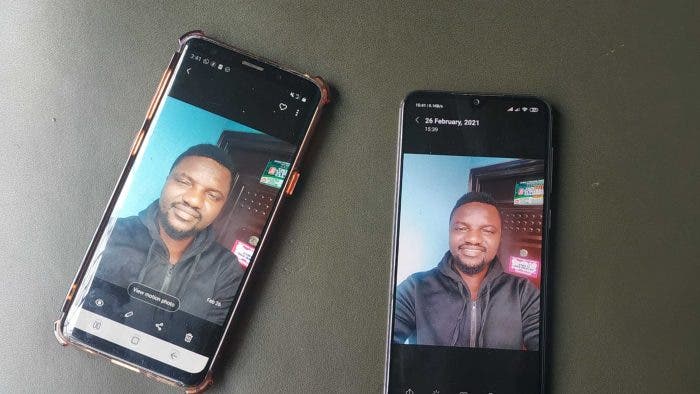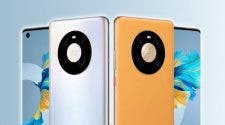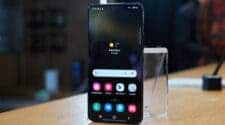The top 10 smartphones for selfies column is a bi-monthly (once in two months) column that gives selfie lovers an option (old or recent). We have tons of smartphones hitting the market annually thus there are usually a good number of smartphones that deliver a “perfect” selfie output. If you are seeking to change your smartphone because its selfie camera is bad, you may find this article useful. The first five editions give great options for users but this edition is quite special. In this edition, we looked into some pretty budget devices that deliver great selfies. This list has smartphones from the Galaxy A series as well as the Redmi brand. These series and brand release budget smartphones relative to other series and brands.
What do you look out for when getting a smartphone? Do you access the selfie camera performance? If yes, then the smartphones on this list will certainly not disappoint you. If you have been reading our previous column, then you must know by now that a high pixel does not always mean better image output. In fact, the likes of Huawei, Samsung, Google, and Apple hardly ever use above 20MP on their front camera. However, these companies have arguably the best front cameras in the industry. Of course, in addition to pixel size, there are other details that selfie lovers should consider. We look at other front camera capabilities like software optimization, beautification features, AI features, portrait mode, and more.
Our top 10 smartphones for selfies is usually a very long read and not everyone has the patience to read to the end. Thus, we have the specs sheet of the smartphones on this list below. Please note that the list contains the specs of the front camera of these smartphones.
- Samsung Galaxy A70: 32 MP, f/2.0, 26mm (wide), 1/2.8″, 0.8µm; HDR; 1080p@30fps
- LG V60 ThinQ: 10 MP, f/1.9, 30mm (standard), 1/3.1″, 1.22µm; HDR; 4K@30fps, gyro-EIS
- Sony Xperia XA1: 8 MP, f/2.0, 23mm (wide), 1/4″, AF; 1080p@30fps
- Motorola Moto G7 Play: 8 MP, f/2.2, 1/4″, 1.12µm; 1080p@30fps
- Redmi Y3: 32 MP, f/2.2, 26mm (wide), 1/2.8″, 0.8µm; HDR; 1080p@30fps
- Huawei Mate 40 Pro: 13 MP, f/2.4, 18mm (ultrawide); TOF 3D, (depth/biometrics sensor); HDR, panorama; 4K@30/60fps, 1080p@30/60/240fps
- Samsung Galaxy A52s: 32 MP, f/2.2, 26mm (wide), 1/2.8″, 0.8µm; HDR; 4K@30fps, 1080p@30fps
- Vivo V20 Pro: 44 MP, f/2.0, (wide); 8 MP, f/2.3 (ultrawide), 1/4.0″, 1.12µm; HDR; 4K@30fps, 1080p@30fps, gyro-EIS
- Vivo V20 (2021): 44 MP, f/2.0, (wide), AF; HDR; 4K@30fps, 1080p@30fps, gyro-EIS
- Vivo V21: 44 MP, f/2.0, (wide), AF, OIS; Dual-LED flash, HDR; 4K@30fps (no OIS), 1080p@30fps
Top 10 smartphones for selfies – Disclaimer
The devices in the list are, in our opinion, great smartphones for selfies. Since we don’t get to see great smartphones for selfies regularly, some devices from our previous column may make an appearance on this column. If you are a selfie freak or you buy your smartphones for their selfie ability, then check out our list with good recommendations.
1. Samsung Galaxy A70
Although this is a 2019 smartphone, it comes with one of the highest front camera megapixels that you will find in the market. The Samsung Galaxy A70 uses an impressive 32MP front camera. Only a few devices mostly from Vivo have better (in terms of pixel size) with 44MP. This premium mid-range smartphone comes with a significant performance increase. The amazing hardware (fine-tuned processor) further supports the front camera for a “perfect” selfie output.
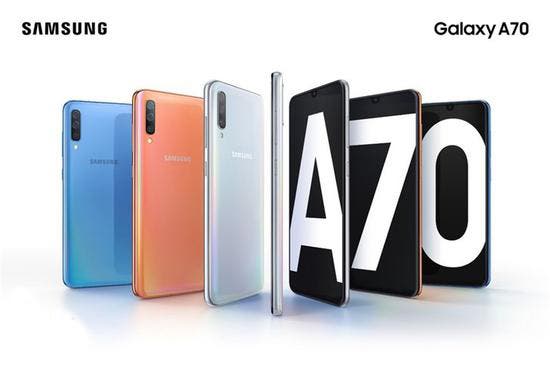
First off, the Galaxy A70 camera offers wide-angle shots, this is not very common for the front camera. Furthermore, the image output comes with high details. The optimizations of the camera are even more interesting than the pixel size. Samsung packs a host of software optimization to improve the selfie quality. This device comes with better image stabilization and a night mode for low-light photography.
Key front camera specifications:
- 32 MP sensor with 0.8µm pixels
- Fixed-focus f/2.0-aperture lens
- HDR; 26mm (wide), 1/2.8″
- 1080p@30fps video
Samsung Galaxy A70 succinct specs preview
The Samsung Galaxy A70 comes with a 6.7-inch Super AMOLED display. This display isn’t exactly of the same level as high-end flagships but you will get a super-bright display with 393 PPI density. This smartphone supports a resolution of 1080 x 2400 pixels and a display ratio of 20:9 ratio. For protection, it uses a Corning Gorilla Glass 3 that makes it resistant to scratches.
Under the hood, this device comes with a mid-range processor, Qualcomm Snapdragon 675 SoC. This chip is not flagship but it offers enough power and a lag-free experience. The Galaxy A70 8also comes with up to 12GB of RAM and 128GB of internal storage. However, the internal storage is expandable with a microSD card up to 512GB. On the rear, it has a triple camera setup which includes a 32MP wide-angle, 8MP ultrawide, and a 5MP depth sensor. The battery size is 4500 mAh and it supports 25W wired fast charging.
2. LG V60 ThinQ
With its unique design, this smartphone makes the list of smartphones for selfies this month. The LG V60 ThinQ adds an extra display with the Dual Screen phone case. This makes the selfie camera of this device very unique. Although LG is now out of the smartphone market, the LG V60 ThinQ will still receive updates being a 2020 smartphone. At first glance, you may want to dismiss the front camera of this device since it is only 10MP.
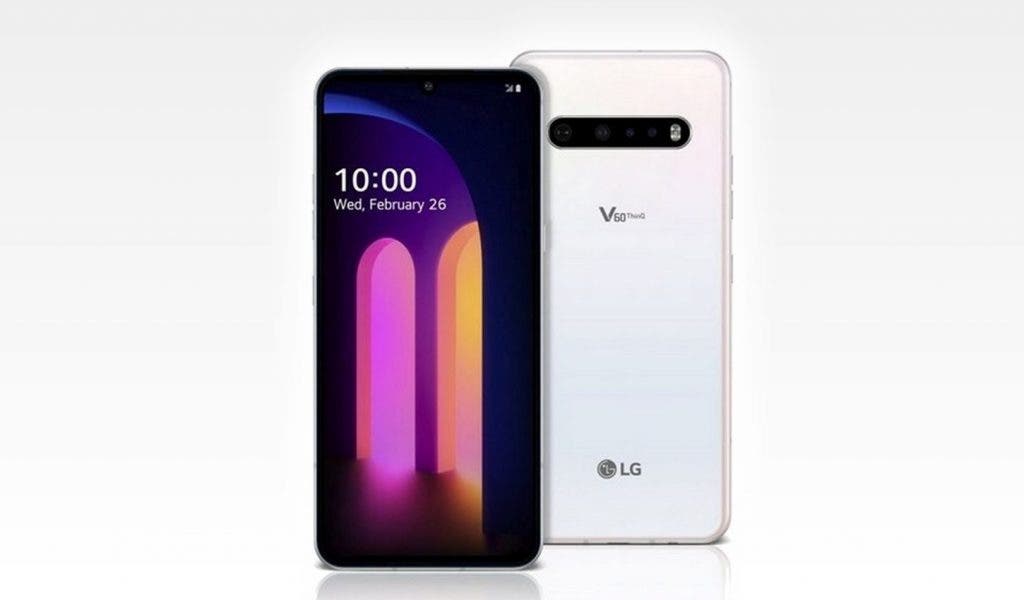
Key front camera specifications:
- 10 MP sensor with 1.22µm pixels
- f/1.9-aperture lens
- HDR; 26mm (wide), 1/2.8″
- 4K@30fps video
- gyro-EIS
However, do yourself a favour and never underrate the 10MP camera sensor on this smartphone. LG’s camera comes with optimized software that enhances the image quality. The selfie image of this device has little or no noise and gives you a bright, colorful, and detailed selfie
Looking at the colours, contrast, and dynamic range, the 10MP selfie camera of the LG V60 ThinQ is acceptable. As for the noise level, it is well above average and the details are quite impressive. Even when you downsize the images, they are quite good. The front camera of this device supports portrait mode. This means that you can blur the background to eliminate unwanted details and focus on your face. The blur degree or intensity is also impressive and the quality is on par with regular selfie smartphones.
LG V60 ThinQ succinct spec preview
The LG V60 ThinQ comes with a 6.8-inch P-OLED display that supports HDR10+ and 395 ppi density. This smartphone supports a resolution of 1080 x 2460 pixels and a display ratio of 20:9. For protection, it uses a Corning Gorilla Glass 5 that makes it quite resistant. Under the hood, this device comes with a Snapdragon 865 SoC coupled with up to 8GB of RAM and 256GB of internal storage.
On the rear, it has a triple-camera setup, that includes a 64MP main camera, 13MP ultra-wide camera, and a 0.3MP depth sensor. The rear camera setup forms a slim, horizontal row of lenses. It features a minimal camera bump, much smaller than other flagship phones. The battery size is 5000 mAh and it supports Quick Charge 4.0+ as well as wireless charging. This device also supports IP68 dust/water resistance.
3. Sony Xperia XA1
The Sony Xperia XA1 is probably the oldest smartphone on this list and you may be wondering why such an old device is in a 2021 top 10 smartphones for selfies list. Well, Sony is the best when it comes to camera technology. The majority of smartphone brands rely on Sony for their sensors. However, Sony does not make many smartphones and its latest smartphones are usually very expensive. The Sony Xperia XA1 makes the top 10 list of smartphones for selfies because of its great output. This is one of the most compact selfie camera phones and it does not sacrifice overall performance for camera quality.
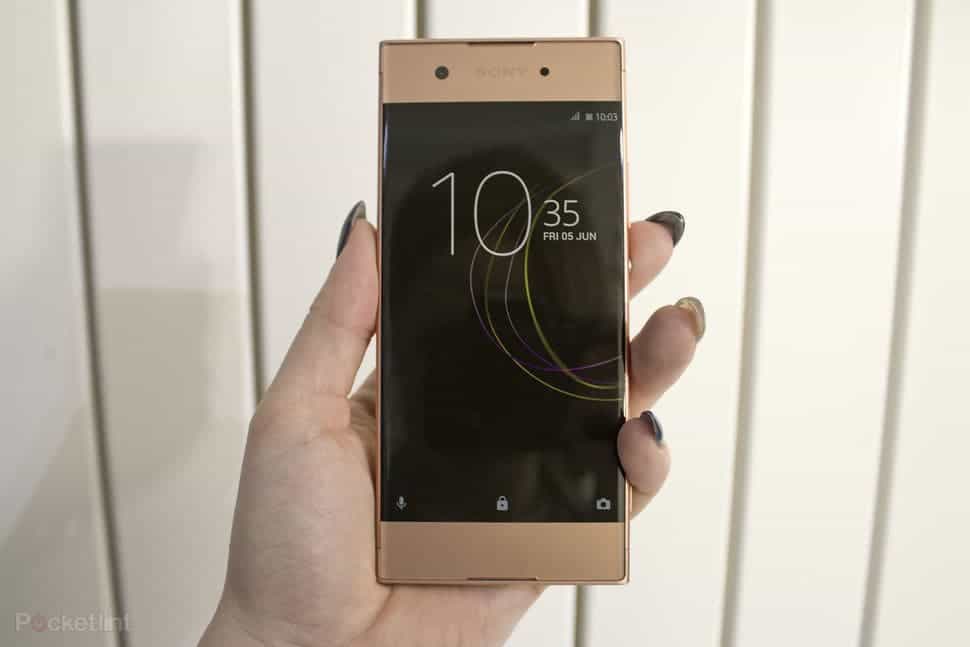
This smartphone comes with an 8MP camera on the front. However, the Japanese manufacturer uses very aggressive software enhancement to significantly upgrade the sharpness and detail of every photo you take. This gives the Sony Xperia XA1 an edge over most smartphones that we have today.
The colour of the Xperia XA1 front camera is vivid and pleasant and the white balance is neutral. Whether it’s outdoors or indoors, the white balance is quite accurate. Despite the age of this smartphone, its front camera performance is still on par with many flagships of today. This is probably because smartphone manufacturers often do not place emphasis on the selfie camera.
Key front camera specifications:
- 8 MP sensor with 0.8µm pixels
- Fixed-focus f/2.0-aperture lens
- Display flash
- 1080p/30 fps video
Sony Xperia XA1 succinct spec preview
The Sony Xperia XA1 comes with a 5-inch edge-to-edge LCD display with accurate colors and good brightness. Unfortunately, the display is only 720p for resolution, however, we recognize the tradeoffs required to get such a compact size. The top and bottom bezels are quite large giving this device a funny appearance. This smartphone uses a resolution of 720 x 1280 pixels and a display ratio of 16:9. For protection, it uses a Corning Gorilla Glass 4 that makes it quite resistant.
Under the hood, this device comes with a Mediatek Helio P20 coupled with up to 3GB of RAM and 32GB of internal storage. On the rear, it comes with a powerful single 23MP camera that takes excellent photos. However, this device features a disappointing 2300 mAh battery, which means a smaller overall battery life. It may be a bit difficult to get this device off the shelf. However, from a third-party user, it may be possible. If you come across the Xperia XA1, it’s important to know that the front camera is pretty decent.
4. Motorola Moto G7 Play
The major reason why this 2019 smartphone is on this list is affordability. It makes no sense if we put together a list of expensive smartphones and those with a lower budget can not afford it. If you are looking for a high-quality selfie camera smartphone but your budget is low, then you may want to consider the Moto G7 Play. This compact budget smartphone offers long-lasting battery life, an excellent camera with software enhancement, and an extra-durable design.
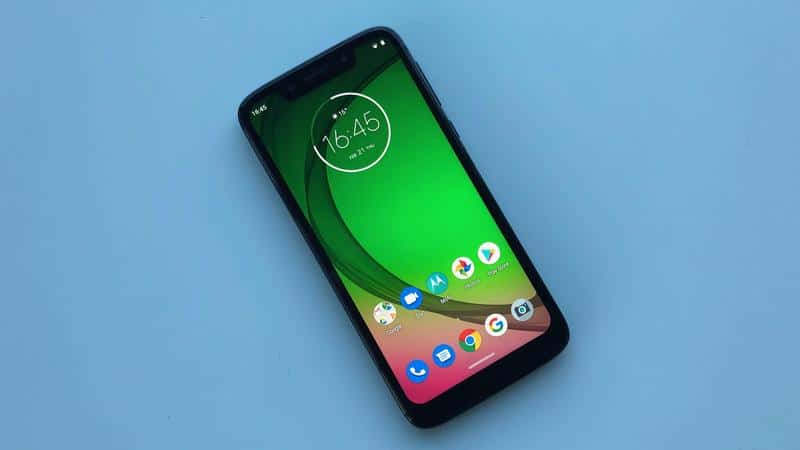
Key front camera specifications:
- 8 MP sensor with 1.12µm pixels
- Fixed-focus f/2.2-aperture lens
- 1080p/30 fps video
However, this sensor is a bit below par when it comes to shooting in a low-light environment. The gyro-EIS is absent not to talk OIS which would have been better. Not that many front cameras use OIS anyway. Furthermore, this device does not come with autofocus which is another minus. Considering that some selfie cameras come with a separate ultra-wide front camera that even supports 4K, many users may not like the single-person field of view front camera. This sensor also supports portrait mode and the background blur is quite good with excellent intensity. Nevertheless, the user does not have any control over the background blur.
Motorola Moto G7 Play succinct spec preview
The Motorola Moto G7 Play is a 2019 mid-range smartphone but this device is pretty decent. First off, this smartphone comes with a 5.7-inch IPS LCD display. The design of this smartphone is not entirely great as it has pretty thick bezels as well as a notch. The notch design is supposed to increase the display ratio but the display ratio of this smartphone is still 77.3% with a display resolution of 720 x 1512 pixels.
Under the hood, this device comes with a Snapdragon 632 SoC coupled with up to 3GB of RAM and 32GB of internal storage. This device comes with a single 13MP sensor that supports 4K videos at 30fps. This device comes with a 3000 mAh battery which is not up to par. However, you’ll get tons of battery life out of this powerful little phone. This is due in part to the efficient Snapdragon 632 octa-core processor and simplified user interface. Unfortunately, the processor doesn’t do great with resource-heavy apps like mobile games or work applications.
Overall, this smartphone offers a better selfie camera for its price tag. Of course, do not expect professional-level quality, but the selfie camera is decent enough for many users.
5. Redmi Y3
The Redmi Y3 is another budget smartphone. This device makes the smartphone for selfie list because of its decent selfie camera. This device comes with a 32MP front camera which is quite interesting considering that this is a mid-range smartphone. This camera delivers an excellent texture with decent details irrespective of the light level. Whether in a bright environment or a low-light environment, the camera output is pretty decent. Somehow, this smartphone manages to keep the noise under control which is a plus for this device.
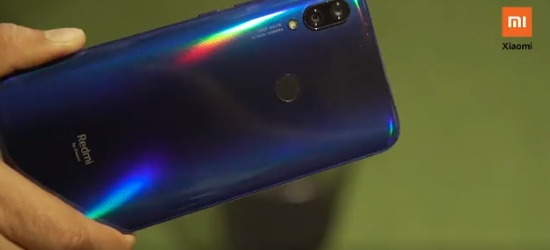
Key front camera specifications:
- 32MP main camera with 0.8µm
- 26mm-equivalent focal length
- F/2.2 aperture
- 1080p video at 30 frames per second
The still images on this one are excellent with great colour renders and a pleasant white balance. Whether the user takes a close-up image or uses a selfie stick, the object focus is great with its well-tuned autofocus system. When shooting a one-person selfie, the shallow depth of field is a plus for this camera. However, if there are many people in the image, this is a disadvantage because it focuses on people in front while the others will be out of range.
Gizchina News of the week
This smartphone comes with an LED flash which improves the camera performance in a low-light environment. Of course, there are some flagship features that will be missing from this camera. It does not come with any sort of stabilization. This means that you do have to stand like a statue before you capture a great selfie. The moving images of this device are not entirely great but overall, the smartphone offers a decent exposure.
Redmi Y3 succinct specs preview
This smartphone comes with a 6.26 inch AMOLED display that supports 720 x 1520 pixels resolution. The display also has Corning Gorilla Glass 5 protection which protects it from falls and scratches. This smartphone also comes with the Snapdragon 632 mid-range chip and supports up to 4GB of RAM and 64GB of internal storage. This device is really a selfie smartphone as its selfie camera sensor is bigger than its rear camera. On the rear, it has a 12MP main camera as well as a 2MP depth sensor. To keep its lights on, this device uses a 4000 mAh battery that supports 10W charging.
6. Huawei Mate 40 Pro
The Huawei Mate 40 Pro has always made the smartphones for selfies list. There is a reason why the Huawei Mate 40 Pro was on top of DxOMark’s selfie camera rating with 104 points for a long time. Well, the Huawei P50 now beats this device on DxOMark but the P50 is hardly available. This smartphone (Mate 40 Pro) uses some of the best selfie camera optimizations in the industry. In our previous edition, we listed the Huawei P40 Pro+ which also has a great selfie camera. Nevertheless, Huawei Mate 40 Pro offers much more.
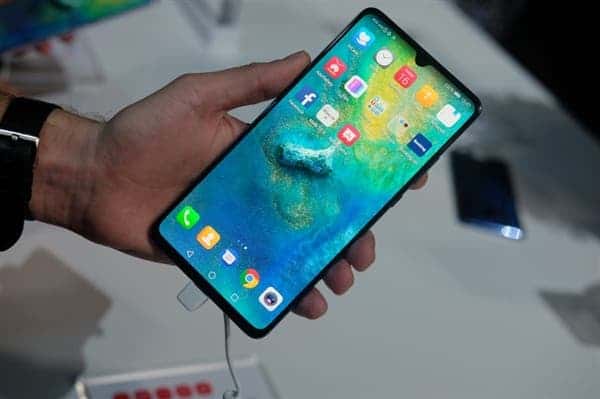
Key front camera specifications:
- Primary 13 MP 1/2.8″ sensor
- f/2.4 – aperture lens with 18 mm-equivalent focal length
- Time-of-flight camera for depth estimation
- Fixed focus
- Display-flash
- 4K video at 30fps
The Huawei P40 Pro comes with Face Beautification. With this feature, you just relax and let the phone do all the editing for you. One of the strengths of the Huawei P40 Pro is its noise reduction, good colour exposure, and excellent bokeh. With the dedicated IR sensor, the bokeh shots are nothing short of excellent. This sensor provides accurate depth estimation and masking around the subject during background blur. While the focus is great, it is probably the only aspect of this camera that the industry has better. Nevertheless, the focus capture faces perfectly at close range but appears to lose details as the distance gets longer (even using a selfie stick).
Whether you are dealing with indoor or outdoor shooting, the Huawei Mate 40 Pro+ is pretty impressive. The accurate autofocus and image stabilization make this camera even more attractive. Overall, there is very little or nothing to complain about with the Huawei Mate 40 Pro+
7. Huawei Mate 40 Pro succinct spec preview
Before you fall in love with any Huawei device presently, it’s important to know that it does not come with Google Mobile Services. This means that you can have access to Google Play Store. No Gmail, Google Map, YouTube, nothing. Thus, if you are living outside China, you may want to think about this before you consider this device. Although Huawei has HMS, which is supposed to be an alternative for GMS, it is not quite at GMS’s level and is still lacking some relevant apps. However, if GMS is not a problem, this smartphone has some interesting specs
The Huawei Mate 40 Pro comes with the 5nm Kirin 9000 SoC coupled with 8GB of RAM and 128GB/256GB/512GB of UFS 3.1 internal storage. Furthermore, this device uses a 6.76-inch display that supports 1344 x 2772 pixel resolution as well as a 90Hz refresh rate. Under the hood, there is a 4,200 mAh battery that supports a 66W fast charge, 50W wireless charging, and 5W reverse wireless charging. The battery department is one of the selling points of this smartphone. As of now, there are not many smartphones with 40W wireless charging capacity in the industry.
7. Samsung Galaxy A52s
This is a pretty decent 2021 smartphone that you can get with a low budget. Of course, the Galaxy A series is a budget series. The Samsung Galaxy A52s comes with a 32MP sensor that has the capacity to capture high-fidelity images. This is why this device makes the smartphone for selfies list. These images have high resolution and also support Bokeh effects. Furthermore, this mid-range selfie camera can record 4K videos at 30fps. This is a huge plus for this smartphone because not many smartphones have front cameras that support 4K videos. The camera comes with a bokeh mode and also supports autofocus.
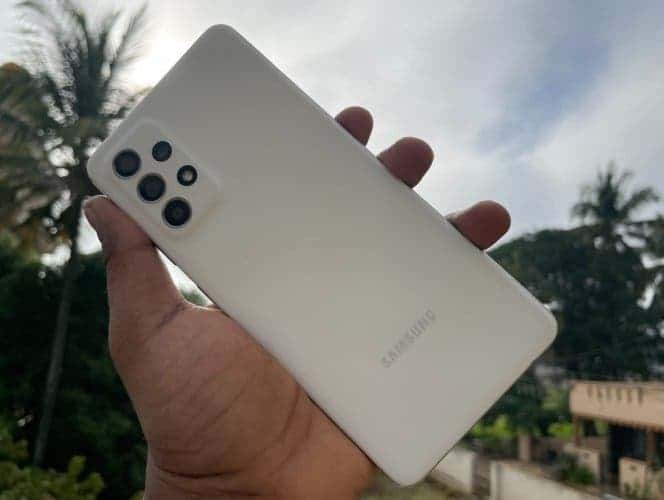
Key front camera specifications:
- 32MP 1/2.8-inch sensor with 0.8µm pixels
- 26mm-equivalent f/2.2-aperture autofocus lens
- HDR
- 4K@30fps, 1080p@30fps
This smartphone comes with top-notch focus with no instabilities. At close and medium-range, the capture of users’ faces is very sharp. At longer distances, the faces are sharp, however, there is some noise in the background. Despite the loss of background details from a longer range, the performance of this device’s front camera is still perfect.
The exposure, colour, flash, noise, and bokeh effect are the strong parts of this smartphone. Particularly, the bokeh shots are very impressive. The depth estimation for this device is good and it perfectly eliminates all objects in the background with its blur.
In addition to the top performance of the front camera for images, the video performance is also excellent. According to users, the video and 4K capacity of this smartphone is excellent. It has top exposures, accurate autofocus, effective stabilization as well as pleasant colours. Even in low light conditions, the 4K front camera is not entirely the best but it’s top quality. If you need good front camera output in terms of images and videos for a low budget, the Samsung Galaxy A52s is a smartphone to consider.
Samsung Galaxy A52s succinct spec preview
This smartphone comes with a 6.5 inch AMOLED display that supports a resolution of 1080 x 2400 (~405 PPI density). Under the hood, we have a Qualcomm Snapdragon 778G 5G (6 nm) coupled with up to 8GB of RAM and up to 256GB of internal storage. On the rear, it uses a quad camera setup. It has a 64MP main camera, a 12MP (ultrawide), 5MP macro, and a 5MP depth sensor. To keep its lights on, this device uses a 4500 mAh battery that supports 25W fast charging.
8. Vivo V20 Pro
When it comes to smartphones for selfies, Vivo is a go-to company, It places much emphasis on its selfie department little wonder it has the highest pixels for the front camera. The Vivo V20 Pro makes our list but not just because of its 44MP Eye Autofocus or Dual Selfie cameras. Now, let’s look at the specification of the Vivo V20 Pro front camera
This smartphone comes with 44MP (f/2.0 wide-angle) camera as well as an 8MP (f/2.3 ultrawide-angle, 1/4.0″, 1.12µm) camera on the front. The front camera also supports HDR and 4K@60fps, 4K@30fps, 1080p@30fps videos, and gyro-EIS.
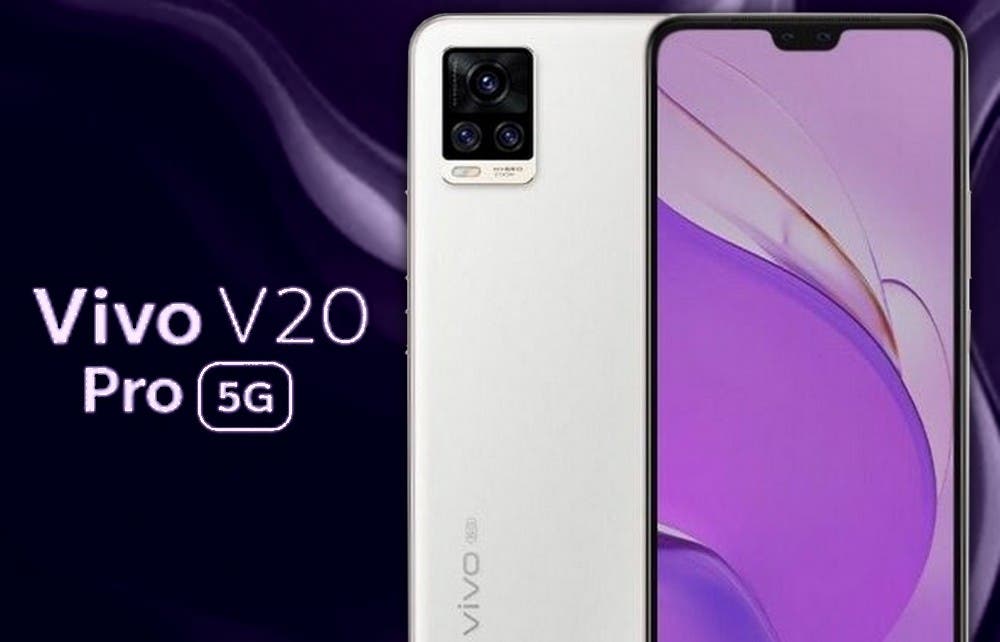
Starting from the images, the 44MP main front camera supports magnificent portraits with high-quality depth and clours. According to Vivo, this front camera even supports “extreme zooming”, not that most people will need it anyway.
Vivo V20 Pro succinct spec preview
This smartphone comes with a 6.44 inch AMOLED display that supports a resolution of 1080 x 2400 pixels. Under the hood, we have a Qualcomm Snapdragon 765G coupled with up to 8GB of RAM and 128GB of internal storage. On the rear, it uses a triple camera setup. It has a 64MP main camera with 8MP (ultrawide), and 2MP (depth) sensors. To keep its lights on, this device uses a 4000 mAh battery that supports 33W fast charging. This device comes with Funtouch 11 on top of Android 10, however, it is upgradable to Android 11.
9. Vivo V21 (2020)
There is no doubt about Vivo’s performance in the selfie camera department. In fact, this company as well as Oppo place more emphasis on the front camera performance. These days, Vivo hardly uses a selfie camera below 20MP. The Vivo V21 (2020) comes with a 44 MP front camera and the output is great.
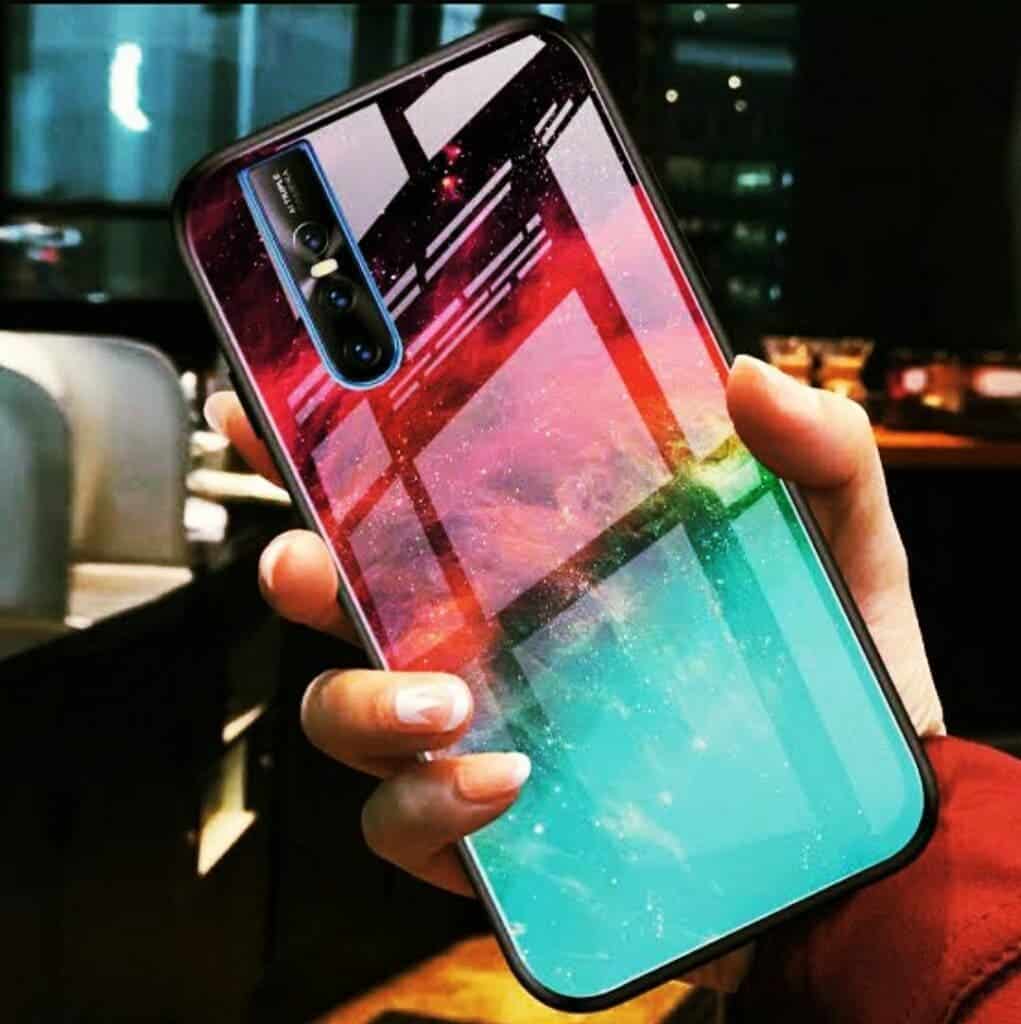
Key front camera specifications:
- 44 MP, f/2.0, (wide), AF, OIS
- Dual-LED flash
- HDR
- 4K@30fps (no OIS), 1080p@30fps
The front camera supports HDR and 4K videos at 30fps. Its support for 4K videos is a plus for this smartphone. In addition, this device has some interesting features like portrait video, colour pop mode, and so on. This device also supports Optical Image Stabilization but not when you are recording a 4K video. Not many manufacturers include stabilization features for the front camera. The final output is quite excellent with a focus on the face. Although there are a couple of smartphones for selfies above this device, it delivers just enough to be on this list.
Vivo 21 (2020) succinct spec preview
This smartphone comes with a 6.44 inch AMOLED display that supports 1080 x 2400 pixels resolution. This smartphone also comes with the Dimensity 800U 5G (7 nm) and supports 8GB of RAM and up to 256GB of UFS 2.2 storage. It uses a triple-rear camera setup. It has a 64MP main camera with 8MP (ultrawide), 2MP (macro) sensors. To keep its lights on, this device uses a 4000 mAh battery that supports 33W fast charging.
10. Vivo V21
Chinese manufacturer, Vivo, officially launched this smartphone earlier this year. This smartphone is one of the company’s best mid-range devices and the selfie camera is the major highlight of this smartphone. How many phones do you know that have OIS stabilization on their front-facing camera? Well, this mid-range phone has that. There is a 44MP front camera with an f/2.0 aperture. The selfie camera supports OIS, dual-LED flash, and 4K video recording.
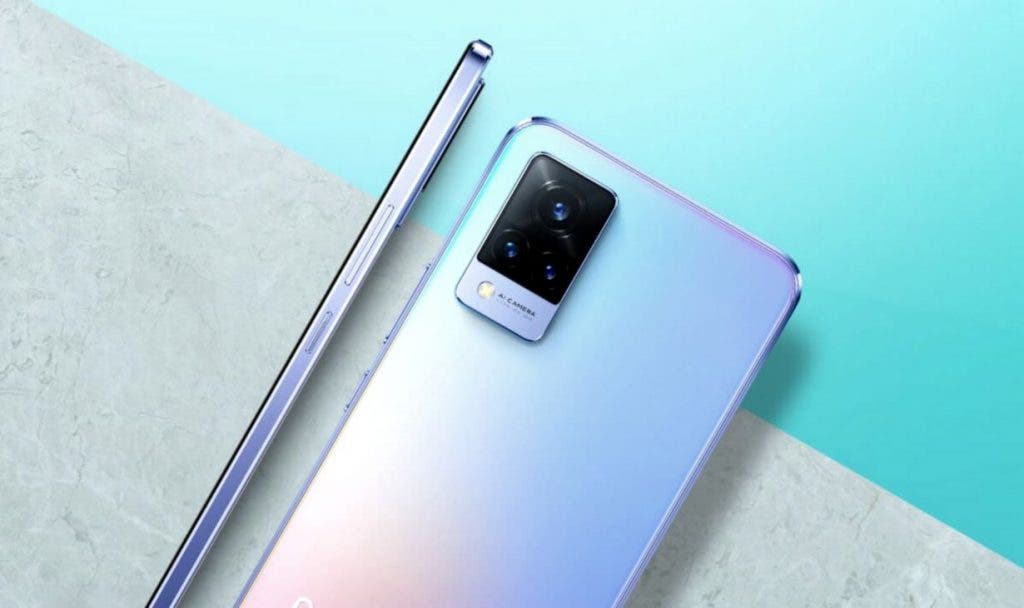
Key front camera specifications:
- Primary 44 MP 1/3.2″ sensor, 1.22µm pixels
- F/2.0 – aperture lens with 26 mm-equivalent focal length
- Dual-pixel PDAF
- Display flash
- 4K@30fps, 1080p@30fps
This device offers good lowlight photos and to make this more interesting is the stabilization during shooting. The stabilization feature also extends to videos. The company also did some optimization with its selfie camera. The beauty mode comes with some skin smoothening even when the beauty mode is off. This is a problem for some people because it means that the front camera technically does not capture natural images. However, users can edit the images to make them look more realistic. This should not be the case for excellent smartphones for selfies.
Vivo V21 succinct spec preview
The Vivo V21 comes with a 6.44-inch 2404×1080 Full HD+ AMOLED display. It has some fancy features including 800 nits brightness, HDR 10+, 90Hz refresh rate, and an In-display fingerprint sensor. Unfortunately, you will have to settle for a teardrop notch, which is not the most appealing notch to me. Coming to the rear, it has a triple rear camera setup comprising 64MP Primary with f/1.79 aperture and OIS, 8MP 119° ultra-wide-angle lens with f/2.2 aperture, and finally a 2MP macro camera with f/2.4 aperture.
The phone has 8GB LPDDR4x RAM and up to 256GB of internal storage. Like iQOO 7, this phone also has an extended RAM technology that gives 3GB additional RAM. Vivo V21 has a battery capacity of 4000mAh with 33W fast charging support. The battery is not so big, but the perk here is that the device is slim and light. The phone is just 7.29mm thick and weighs 176g. It comes out of the box with Funtouch OS 11.1 based on Android 11.

